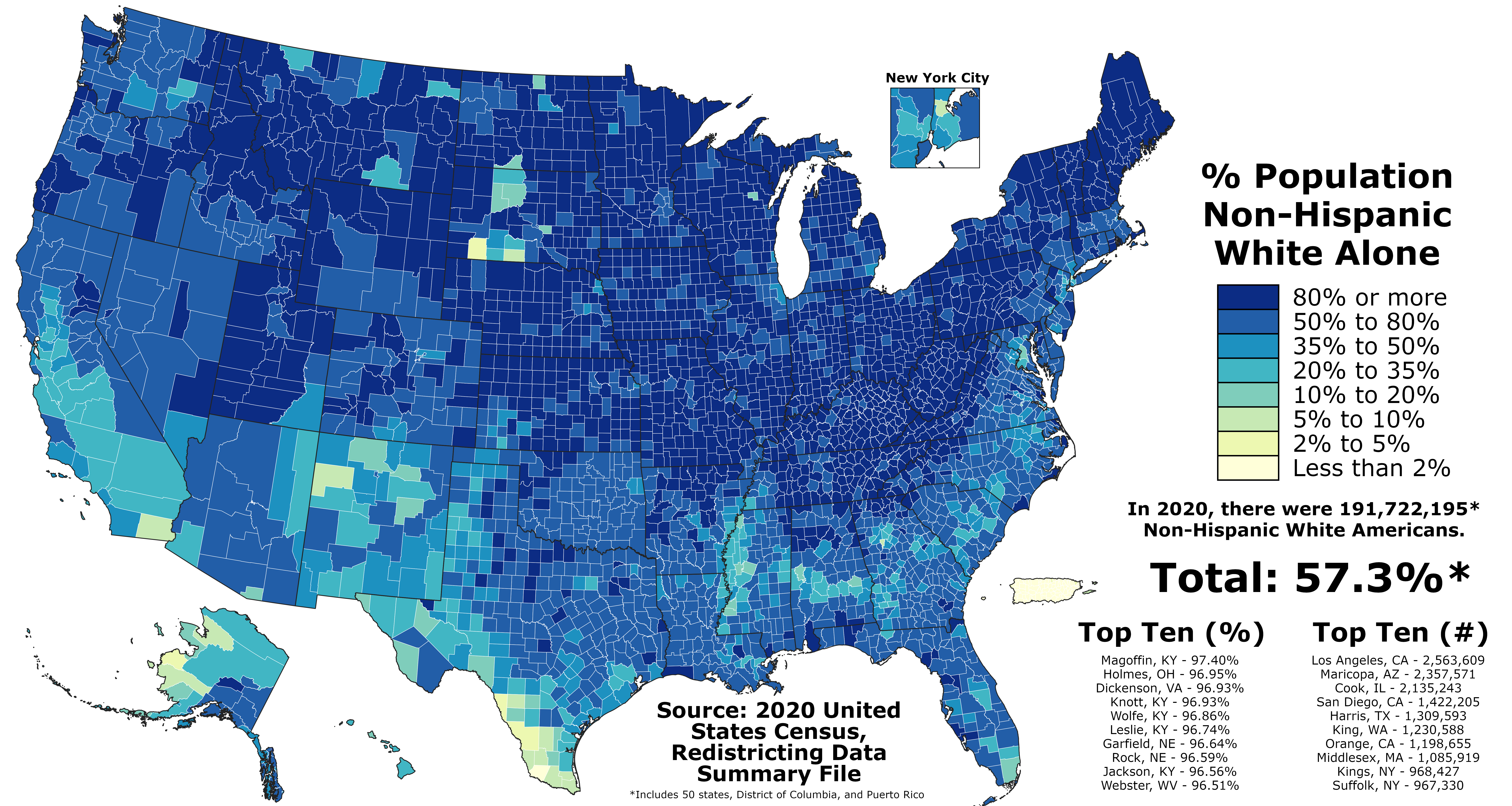|
Lancaster, Kansas
Lancaster is a city in Lancaster Township, Atchison County, Kansas, United States. As of the 2020 census, the population of the city was 246. History Lancaster was platted in 1857. It may have been named after Lancaster, Pennsylvania. Lancaster was an early contender for county seat. Lancaster was a station on the Missouri Pacific Railroad. In 1915, Lancaster contained seven stores, a school, three churches, a grain elevator, a lumber yard, and a hotel. Geography According to the United States Census Bureau, the city has a total area of , all land. Demographics 2020 census The 2020 United States census counted 246 people, 109 households, and 73 families in Lancaster. The population density was 1,236.2 per square mile (477.3/km). There were 109 housing units at an average density of 547.7 per square mile (211.5/km). The racial makeup was 96.34% (237) white or European American (95.12% non-Hispanic white), 0.0% (0) black or African-American, 0.0% (0) Native American ... [...More Info...] [...Related Items...] OR: [Wikipedia] [Google] [Baidu] |
City
A city is a human settlement of a substantial size. The term "city" has different meanings around the world and in some places the settlement can be very small. Even where the term is limited to larger settlements, there is no universally agreed definition of the lower boundary for their size. In a narrower sense, a city can be defined as a permanent and Urban density, densely populated place with administratively defined boundaries whose members work primarily on non-agricultural tasks. Cities generally have extensive systems for housing, transportation, sanitation, Public utilities, utilities, land use, Manufacturing, production of goods, and communication. Their density facilitates interaction between people, government organisations, government organizations, and businesses, sometimes benefiting different parties in the process, such as improving the efficiency of goods and service distribution. Historically, city dwellers have been a small proportion of humanity overall, bu ... [...More Info...] [...Related Items...] OR: [Wikipedia] [Google] [Baidu] |
North American Numbering Plan
The North American Numbering Plan (NANP) is an integrated telephone numbering plan for twenty-five regions in twenty countries, primarily in North America and the Caribbean. This group is historically known as World Zone 1, World Numbering Zone 1 and has the telephone country code, country code ''1''. Some North American countries, most notably Telephone numbers in Mexico, Mexico, do not participate in the NANP. The concepts of the NANP were devised originally during the 1940s by the American Telephone and Telegraph Company (AT&T) for the Bell System and the independent telephone companies in North America in Operator Toll Dialing. The first task was to unify the diverse local telephone numbering plans that had been established during the preceding decades, with the goal to speed call completion times and decrease the costs for long-distance calling, by reducing manual labor by switchboard operators. Eventually, it prepared the continent for direct-dialing of long-distance calls ... [...More Info...] [...Related Items...] OR: [Wikipedia] [Google] [Baidu] |
Alaska Native
Alaska Natives (also known as Native Alaskans, Alaskan Indians, or Indigenous Alaskans) are the Indigenous peoples of the Americas, Indigenous peoples of Alaska that encompass a diverse arena of cultural and linguistic groups, including the Iñupiat, Yupik peoples, Yupik, Aleut people, Aleut, Eyak people, Eyak, Tlingit people, Tlingit, Haida people, Haida, Tsimshian, and various Alaskan Athabaskans, Northern Athabaskan, as well as Russian Creoles. These groups are often categorized by their distinct language families. Many Alaska Natives are enrolled in federally recognized Alaska Native tribal entities, which are members of 13 Alaska Native Regional Corporations responsible for managing land and financial claims. The migration of Alaska Natives' ancestors into the Alaskan region occurred thousands of years ago, likely in more than one wave. Some present-day groups descend from a later migration event that also led to settlement across northern North America, with these popula ... [...More Info...] [...Related Items...] OR: [Wikipedia] [Google] [Baidu] |
Native American (U
Native Americans or Native American usually refers to Native Americans in the United States Native Americans (also called American Indians, First Americans, or Indigenous Americans) are the Indigenous peoples of the Americas, Indigenous peoples of the United States, particularly of the Contiguous United States, lower 48 states and A .... Related terms and peoples include: Ethnic groups * Indigenous peoples of the Americas, the pre-Columbian peoples of North, South, and Central America and their descendants * Indigenous peoples in Canada ** First Nations in Canada, Canadian Indigenous peoples who are neither Inuit nor Métis ** Inuit, Indigenous peoples inhabiting the Arctic and subarctic regions of Greenland, Labrador, Quebec, Nunavut, the Northwest Territories, and Alaska. ** Métis in Canada, specific cultural communities who trace their descent to early communities consisting of both First Nations people and European settlers * Indigenous peoples of Costa Rica * Indi ... [...More Info...] [...Related Items...] OR: [Wikipedia] [Google] [Baidu] |
African American
African Americans, also known as Black Americans and formerly also called Afro-Americans, are an Race and ethnicity in the United States, American racial and ethnic group that consists of Americans who have total or partial ancestry from any of the Black people, Black racial groups of Africa. African Americans constitute the second largest ethno-racial group in the U.S. after White Americans. The term "African American" generally denotes descendants of Slavery in the United States, Africans enslaved in the United States. In 2023, an estimated 48.3 million people self-identified as Black, making up 14.4% of the country’s population. This marks a 33% increase since 2000, when there were 36.2 million Black people living in the U.S. African-American history began in the 16th century, with Africans being sold to Atlantic slave trade, European slave traders and Middle Passage, transported across the Atlantic to Slavery in the colonial history of the United States, the Western He ... [...More Info...] [...Related Items...] OR: [Wikipedia] [Google] [Baidu] |
Non-Hispanic White
Non-Hispanic Whites, also referred to as White Anglo Americans or Non-Latino Whites, are White Americans who are classified by the United States census as "White" and not of Hispanic or Latino origin. According to annual estimates from the United States Census Bureau, as of July 1, 2023, non-Hispanic Whites comprised approximately 58.4% of the U.S. population. Although non-Hispanic Whites remain the largest single racial and ethnic group in the United States and still constitute a majority of the population, their share has declined significantly over the past eight decades. In 1940, they comprised approximately 89.8% of the total population, illustrating the extent of the demographic transformation that has occurred since the mid-20th century. This decline has been attributed to factors such as lower birth rates among White Americans, increased immigration from non-European regions, and broader sociocultural changes, including higher rates of interracial marriage and evol ... [...More Info...] [...Related Items...] OR: [Wikipedia] [Google] [Baidu] |
European American
European Americans are Americans of European ancestry. This term includes both people who descend from the first European settlers in the area of the present-day United States and people who descend from more recent European arrivals. Since the 17th century, European Americans have been the largest panethnic group in what is now the United States. According to the 2020 United States census, 58.8% of the White alone population and 56.1% of the White alone or in combination gave a detailed European write-in response. The Spaniards were the first Europeans to establish a continuous presence in what is now the contiguous United States, although arriving in small numbers, with Martín de Argüelles ( 1566) in St. Augustine, then a part of Spanish Florida, and the Russians were the first Europeans to settle in Alaska, establishing Russian America. The first English child born in the Americas was Virginia Dare, born August 18, 1587. She was born in Roanoke Colony, located in p ... [...More Info...] [...Related Items...] OR: [Wikipedia] [Google] [Baidu] |
White (U
White is the lightest color and is achromatic (having no chroma). It is the color of objects such as snow, chalk, and milk, and is the opposite of black. White objects fully (or almost fully) reflect and scatter all the visible wavelengths of light. White on television and computer screens is created by a mixture of red, blue, and green light. The color white can be given with white pigments, especially titanium dioxide. In ancient Egypt and ancient Rome, priestesses wore white as a symbol of purity, and Romans wore white togas as symbols of citizenship. In the Middle Ages and Renaissance a white unicorn symbolized chastity, and a white lamb sacrifice and purity. It was the royal color of the kings of France as well as the flag of monarchist France from 1815 to 1830, and of the monarchist movement that opposed the Bolsheviks during the Russian Civil War (1917–1922). Greek temples and Roman temples were faced with white marble, and beginning in the 18th c ... [...More Info...] [...Related Items...] OR: [Wikipedia] [Google] [Baidu] |
United States Census Bureau
The United States Census Bureau, officially the Bureau of the Census, is a principal agency of the Federal statistical system, U.S. federal statistical system, responsible for producing data about the American people and American economy, economy. The U.S. Census Bureau is part of the United States Department of Commerce, U.S. Department of Commerce and its Director of the United States Census Bureau, director is appointed by the president of the United States. Currently, Ron S. Jarmin is the acting director of the U.S. Census Bureau. The Census Bureau's primary mission is conducting the United States census, U.S. census every ten years, which allocates the seats of the United States House of Representatives, U.S. House of Representatives to the U.S. state, states based on their population. The bureau's various censuses and surveys help allocate over $675 billion in federal funds every year and it assists states, local communities, and businesses in making informed decisions. T ... [...More Info...] [...Related Items...] OR: [Wikipedia] [Google] [Baidu] |
Missouri Pacific Railroad
The Missouri Pacific Railroad , commonly abbreviated as MoPac, was one of the first railroads in the United States west of the Mississippi River. MoPac was a Class I railroad growing from dozens of predecessors and mergers. In 1967, the railroad operated 9,041 miles of road and 13,318 miles of track, not including Wikipedia:WikiProject_Trains/ICC_valuations/Doniphan,_Kensett_and_Searcy_Railway, DK&S, New Orleans and Gulf Coast Railway, NO&LC, Texas_and_Pacific_Railway, T&P, and its subsidiaries C&EI and Missouri-Illinois Railroad, Missouri-Illinois. Union Pacific Corporation, the parent company of the Union Pacific Railroad, agreed to buy the Missouri Pacific Railroad on January 8, 1980. Lawsuits filed by competing railroads delayed approval of the merger until September 13, 1982. After the Supreme Court denied a trial to the Southern Pacific Transportation Company, Southern Pacific, the merger took effect on December 22, 1982. However, due to outstanding bonds of the Missouri Paci ... [...More Info...] [...Related Items...] OR: [Wikipedia] [Google] [Baidu] |
Plat
In the United States, a plat ( or ) (plan) is a cadastral map, drawn to scale, showing the divisions of a piece of land. United States General Land Office surveyors drafted township plats of Public Lands Survey System, Public Lands Surveys to show the distance and bearing between section corners, sometimes including topographic or vegetation information. City, town or village plats show subdivisions broken into City block, blocks with streets and alleys. Further refinement often splits blocks into individual Lot (real estate), lots, usually for the purpose of selling the described lots; this has become known as subdivision (land), subdivision. After the filing of a plat, Land description, legal descriptions can refer to block and lot-numbers rather than portions of section (land), sections. In order for plats to become legally valid, a local governing body, such as a public works department, urban planning commission, zoning board, or another organ of the state must normally r ... [...More Info...] [...Related Items...] OR: [Wikipedia] [Google] [Baidu] |





